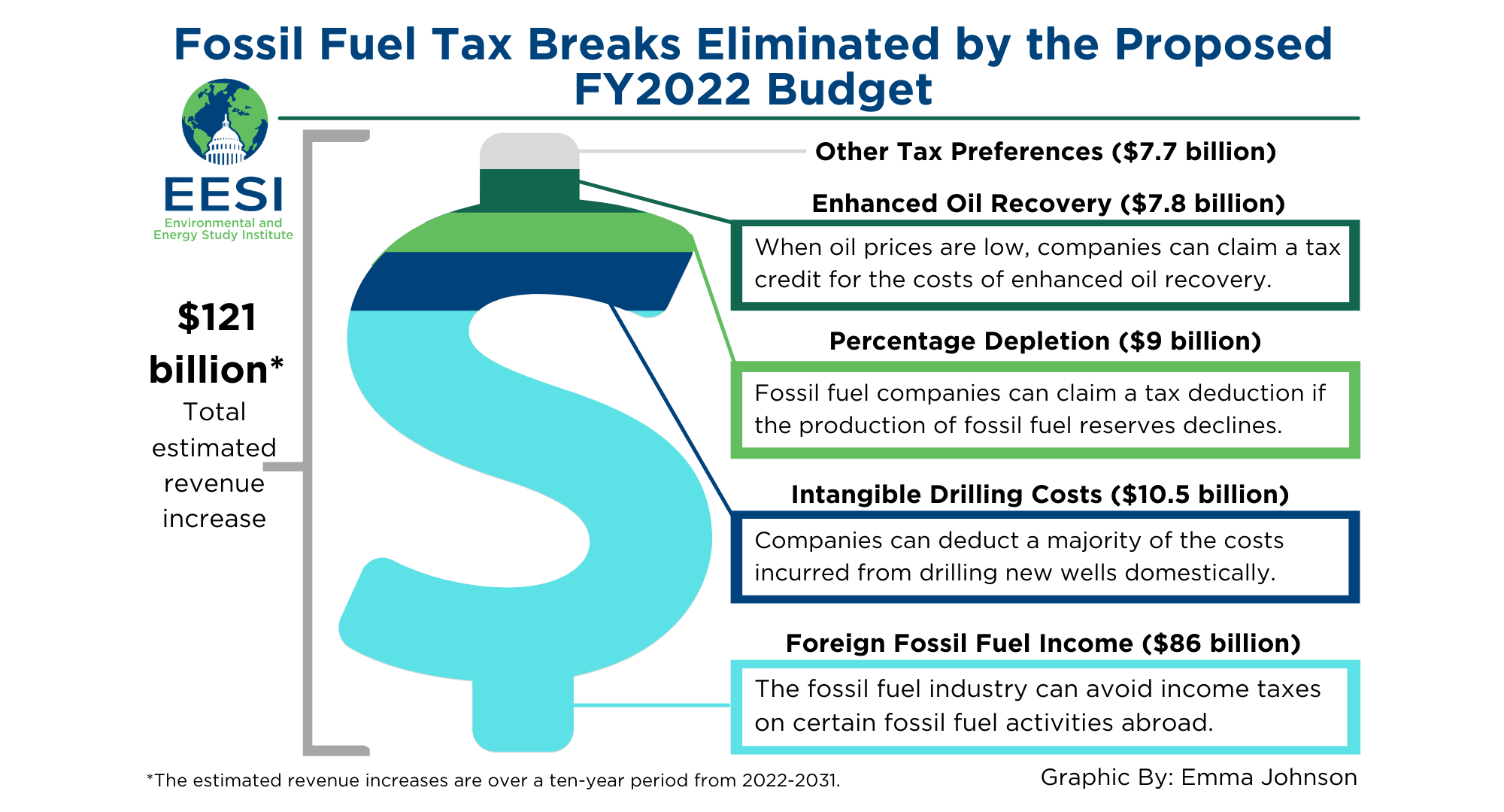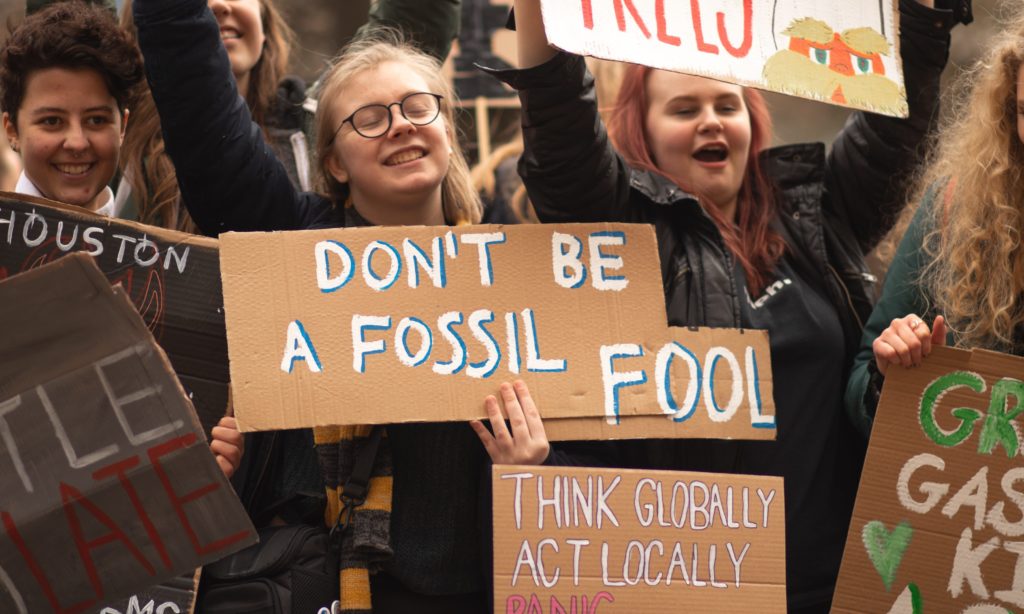It has been proclaimed that the world is moving fast ahead in the energy transition endeavors. Climate change has become a challenge to everyone’s existence in every single corner of the world i.e., climate change is affecting lives beyond borders.
And hence almost every nation, big or small, privileged or deprived has set a few targets to achieve an overhead against the perils in short run like controlling emissions through renewable energy promotion, switching to organic farming, banning plastics or turning to least emission-intensive land use etc.
Despite the pain caused in accepting alternatives like Solar or wind-driven power rather than the conventional fossil fuels, it is to note that global fossil fuel subsidies have nearly doubled to 697.2 USD billion in 2021 alone from being 362.4 USD billion in 2020.
Oil and gas production-based incentives recorded a new level of $64 billion. This happens despite the IEA’s recommendation of ‘no new production’ in case we want to meet the aforesaid targets.
The above statement has come out of an analysis made by the International Energy Agency (IEA) encompassing inputs from 51 nations accounting for nearly 85 percent of total energy supply on planet Earth.
Also, International Monetary Fund (IMF) states: “Fossil fuel subsidies were $5.9 trillion or 6.8 percent of GDP in 2020 and are expected to increase to 7.4 percent of GDP in 2025 as the share of fuel consumption in emerging markets (where price gaps are generally larger) continues to climb”.
“Just 8 percent of the 2020 subsidy reflects undercharging for supply costs (explicit subsidies) and 92 percent for undercharging for environmental costs and foregone consumption taxes (implicit subsidies).”
India is no new to giving energy subsidies with gasoline prices relaxed in 2010 and on diesel in 2014.
Even seven of the Maharatna PSUs in India have invested 11 times more in projects dealing with fossil fuels than with renewable energy (RE).
And why did this happen?
Are the fossil fuel companies losing their assets? Well, most of the subsidies provided were for cushioning the prices paid by consumers.
While the economies still continue to bear the brunt of countries’ economical (Sri Lanka), ecological as well as geopolitical (Russia-Ukraine) decisions even post the severe impacts imposed by Covid 19 pandemic, different nations have preferred this impediment to Climate action in order to shield their citizens from soaring energy prices.
As per the analysis done by IEA: “Fossil fuel subsidies are a roadblock to a more sustainable future, but the difficulty that governments face in removing them is underscored at times of high and volatile fuel prices”.
Doesn’t seem so bad. But why has this largely been a wrong approach?
Good governance shall entertain keeping the inflation under control in a democracy, that includes keeping a check on fuel prices as well.
But this subsidy on the fuel prises may in another dimension create a new room for dirtier fuels to crowd in, discouraging the adoption of greener fuels because of their required higher initial investment.
“A surge in investment in clean energy technologies and infrastructure is the only lasting solution to today’s global energy crisis and the best way to reduce the exposure of consumers to high fuel costs”.
On the other hand, the production and use of coal can be discouraged through Clean Environment Cess.
What has been more troubling is the fact that the subsidies artificially anchoring fossil fuel prices low have nearly tripled from 2020 to become $531 billion in 2021.
This can be understood from a profundal point of view: a wealthier household consumes more energy. And hence, this discrete attempt to lessen the pressures on common man’s pocket falls short to notice that it only largely benefits affluent households.
“Significant increases in fossil fuel subsidies encourage wasteful consumption, while not necessarily reaching low-income households. We need to adopt measures which protect consumers [and] help keep us on track to carbon neutrality, as well as energy security and affordability.”
Experts do suggest hedging risks but this shall never be through subsidies. Ultimately, they create significant fiscal costs and lead to higher taxes on its contributing citizens, foreign borrowings, send all sorts of wrong price signals to consumers and distort markets, lower affinity for targeted social spending or promote ineffective disbursal of its resources.
Reforms and Solutions forward:
A comprehensive energy policy, reform and relevant communication is required with all stakeholders, that deals with the size of subsidies and the amount in which they impact the nation’s budget.
There is a need to diversify energy access and technology to efficiently and sustainably harness important resources, especially in state-owned enterprises.
Alternative measures to protect the poor can be undertaken through targeted benefit transfer or simply the focus and extent of existing initiatives can be expanded.
If we are to believe a research from International Institute of Sustainable Development (IISD) and Council on Energy, Environment and Water (CEEW), there is an urgent need to ensure a just and collaborated transition with the help of an electricity council that can simply shift subsidies.

